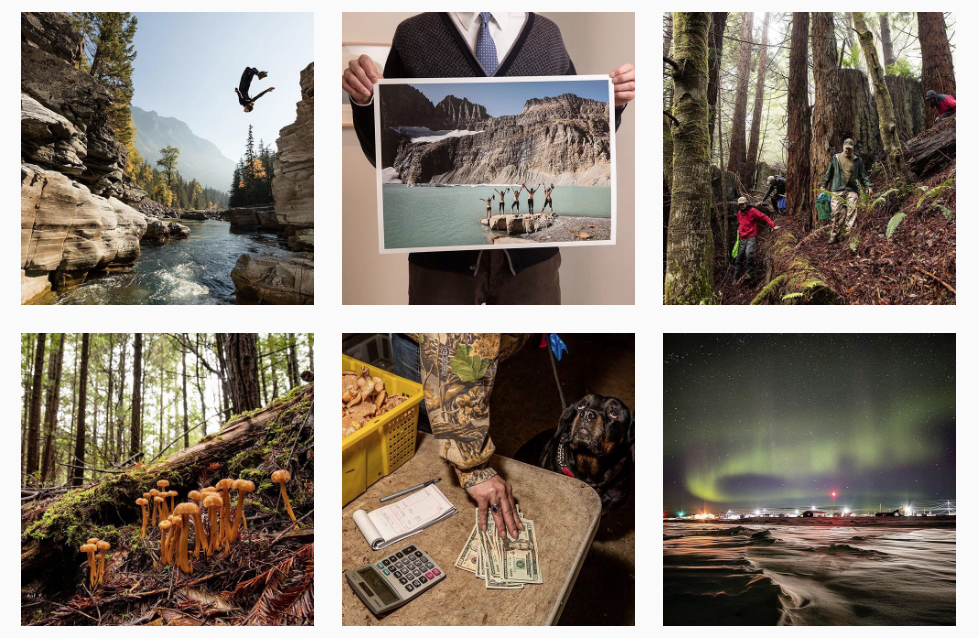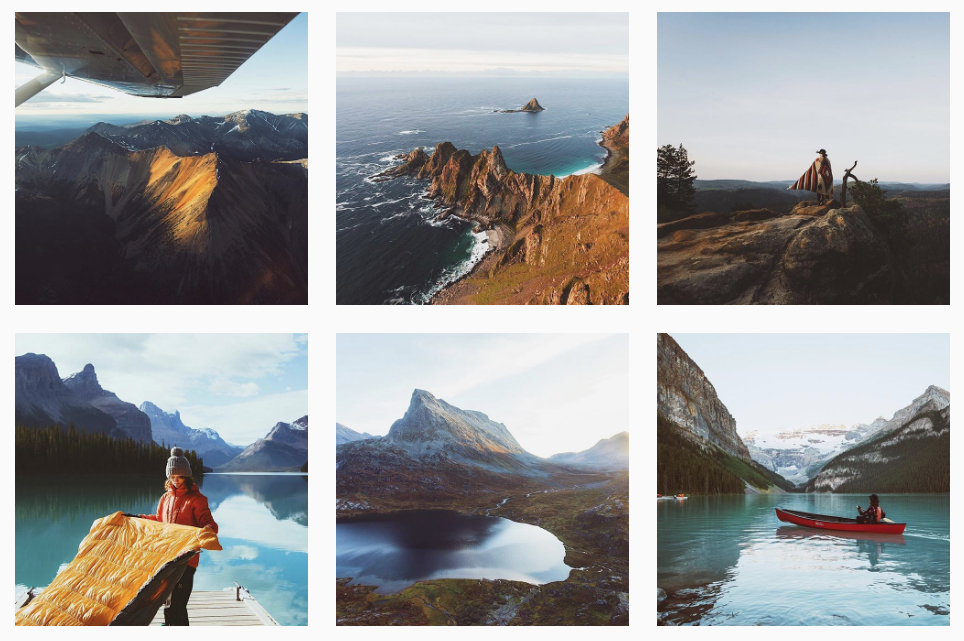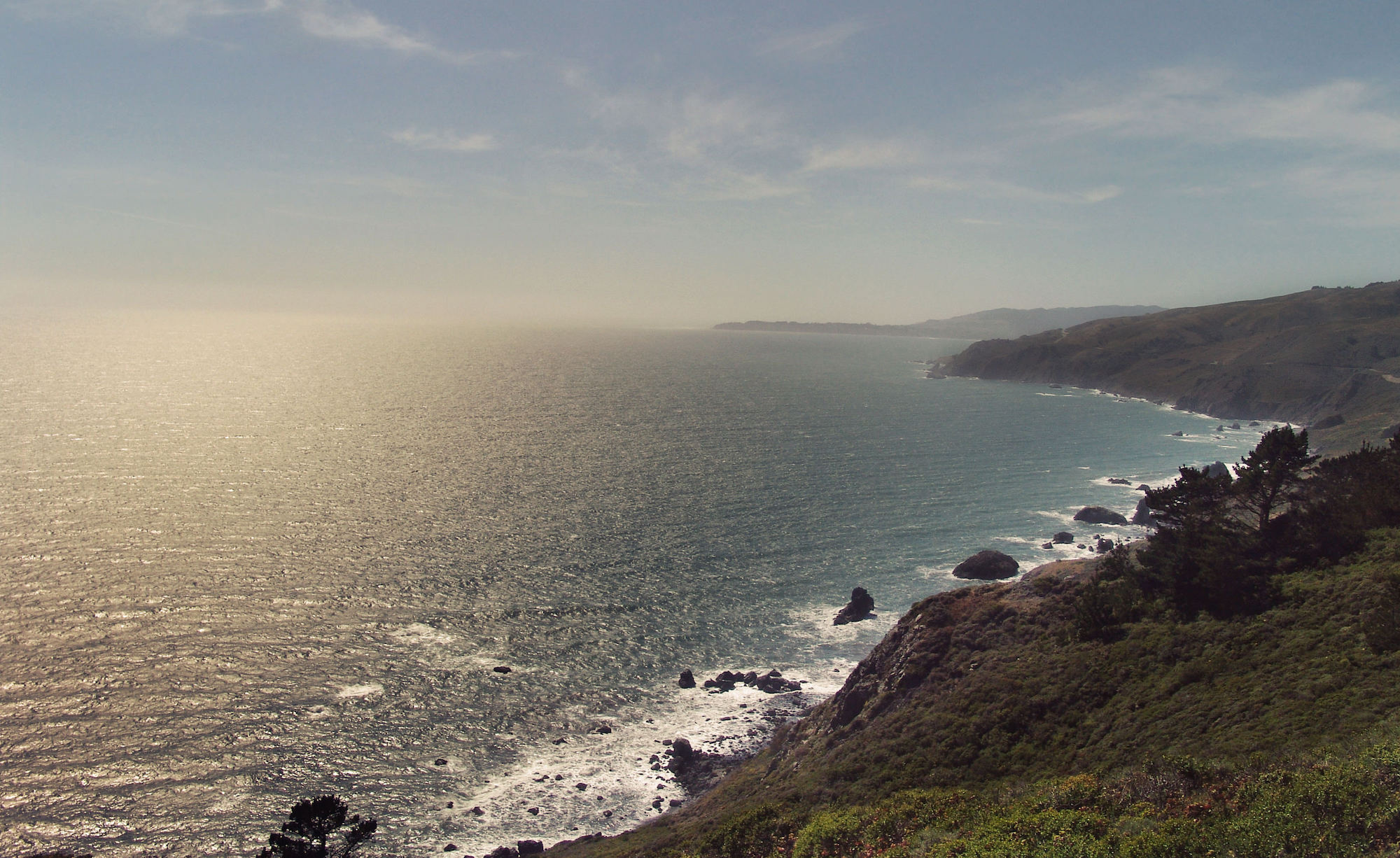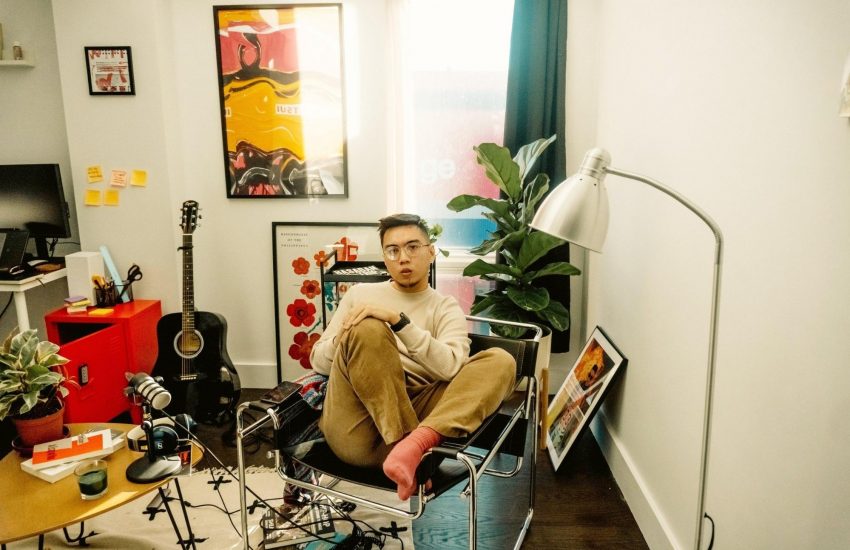Writing about the intersection of Instagram and tourism for National Geographic
A young couple sits, feet dangling off a rocky ledge overlooking a dazzling azure ocean below. Has an Instagram photo similar to that ever inspired you to book a vacation? If so, you’re not alone. As it turns out, the social media platform is revolutionizing the tourism industry by luring visitors to the same dreamy spots they see posted on Instagram and attempt to recreate the same moments, dangerous or otherwise, according to Carrie Miller, a freelance journalist based in New Zealand.
In her recent piece “How Instagram is Changing Travel,” for National Geographic Traveler Magazine, Miller describes the effects these photos are having on tourism. The piece features images of nature overburdened by tourism – and smartphone wielding tourists – such as the glass bridge at China’s Zhangjiajie Grand Canyon, which was closed after only 13 days due to overcrowding. Miller’s piece also includes perspectives from popular Instagram photographers such as Johan Lolos, Corey Arnold, and Chris Burkard, who weigh in on the effects their photographs have on people and nature. Storybench sat down with Miller to discuss the piece.
How did you begin writing for National Geographic?
When I was at university I started writing editors and one of them opened the door for me to have an interview for National Geographic’s paid internship. Then I just worked my way through the company at headquarters; I then decided that I wanted to write and the only way to write for them is to be based somewhere outside of the company and then to freelance back in.
Why did you choose to write this piece about social media and Instagram?
I live in a very small town in New Zealand. Most tourists go to Queenstown and they bypass where I live, Wanaka. In order to start getting visitors to stop off here overnight, Wanaka’s tourism board started hosting social media influencers. That resulted in Wanaka suddenly getting a huge influx of tourists. I thought other places in the world must be experiencing this rise in popularity due to Instagram.
How do you think these social media influencers affect the world as a whole?
I think like anything there’s positives and negatives to it and it’s about anticipating the negatives and trying to mitigate them before they become a problem. There’s a lot more millennials out there exploring the national parks and that’s largely due to the fact that they’re seeing other people post about it on Instagram. The first step to conservation is to get people to care about wild places, but the risk is that people are just replicating experiences and are overburdening the destinations.

Does social media affect your life, personally speaking?
Instagram in particular allows everybody to be a journalist or photographer. So as professional storytellers we battle against people who are acting as influencers, so rather than having experience as storytellers they have a lot of followers and have cultivated kind of an immediate profile. That’s becoming just as relevant to some people in some organizations as what kind of background you have.
How do you think we as a society should combat our social media dependence?
I think balance in all things. I am a big fan of not overindulging in social media, especially in the current political climate, because I find that you never get a break from it. There’s a lot of research that’s coming out now that’s proving that engaging in nature and detaching from technology actually has a lot of physiological and psychological benefits and I think that that’s definitely the case.

How do you use your writing to benefit society?
I think that the role of a writer is to present a scenario and then step back and let people make up their own minds, or follow up depending on their level of interest. But I think that one thing that’s happened in journalism recently is that a lot of the pain creeps in. There used to be a very severe line between editorial and observational writing and I think that line has been blurred a lot. What I try to do, for example with this article on Instagram, is to present how Instagram is having a positive impact on people, in prompting travel, but also to present the fact that there are negatives that come along with that. Then I let people make up their own minds about what they think about that. They can take it for what it’s worth, they can pursue it and learn more about it if they want to. But I think that the role of a writer is to present experiences and facts and create a picture and let somebody view that how they want to.
What future projects do you have in the works?
I’ve got so many at the moment and some I’m not going to get too far into specifics, because I’m in the process of pitching a whole bunch of them. I want one in particular for Outside Magazine and there’s two that I want to do for National Geographic Magazine. I also have a whole bunch for National Geographic Traveler and there’s a couple for The New York Times. I’m also working on two books. One is fiction novel, one’s a biography. I’ve got my next fiction novel in the wings. There’s no shortage of projects, it’s just time and getting someone to give it the green light.
What advice do you have for young journalism students?
It’s really tricky for journalism students these days. With the advent and accessibility of the internet everybody can write and everybody can post. The best thing to do is to start writing and start getting yourself published, because you need to have clips and reliable publications. If you’re lucky enough to get in the news room you’re going to be underpaid and overworked and it’s going to be that way for a long time. If you go free-lance don’t get discouraged if you’re doing part time work just to pay the bills. Most of my career I had people telling me that it wasn’t going to work out, that I was never going to be able to write for Nat Geo, that it was never going to be able to do this. But somebody’s got to, so if you just keep at it that person might be you.
- Writing about the intersection of Instagram and tourism for National Geographic - February 28, 2017





